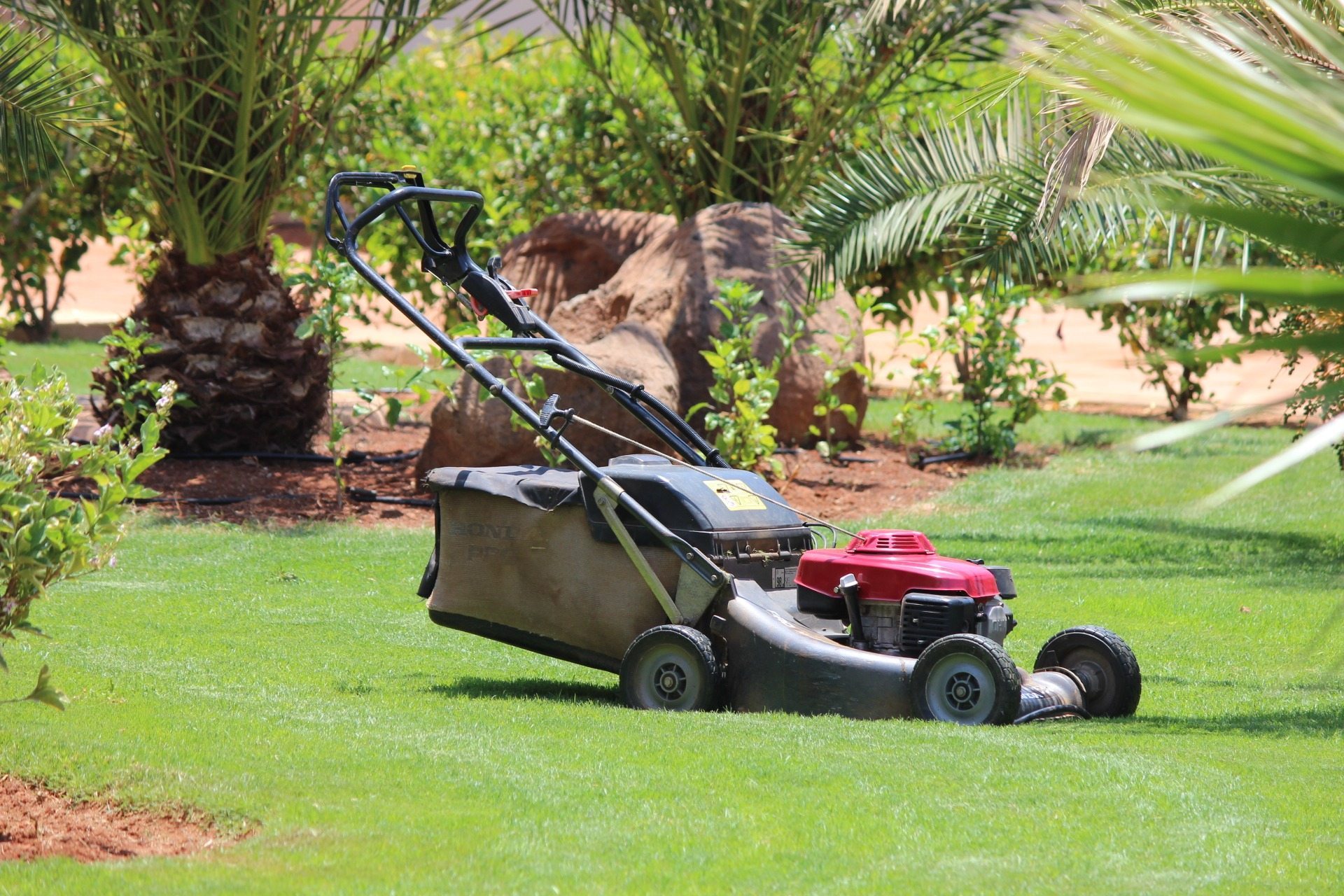What are the benefits of a Living Landscape?
Given the severe drought conditions we are facing today, we should be aware of the benefits yards and lawns bring to our environment including reducing heat, absorbing carbon dioxide, improving air quality, capturing and filtering rainfall and runoff, controlling soil erosion and acting as a natural fire break.
How do I create a living landscape in drought conditions?
Creating a living landscape is about finding the right plants for the right climate. Most of the places where we live are no longer native environments. We live in man-made environments. We must incorporate a mix of native and adaptive plants that can survive in the world we’ve created and provide the best environmental and lifestyle benefits.
How do I find the right grass for my climate zone? Hundreds of varieties of turfgrass exist, and some of them are perfect for drought conditions. For instance, Bermuda and buffalo grass, when established requires very little water. Black beauty fescue also is drought-tolerant and resistant to salt (important for our Northern friends combating ice and snow with salt). Check your local co-op extension or garden center for varieties for your area.
What about adaptive versus native plants? We no live longer in a native environment. We live in cities and suburbs where we must incorporate plants into an area with a lot of concrete, asphalt, people, and traffic. You need both native plants and drought-resistant adaptive species that can survive in these conditions. See the USDA Plant Hardiness Zone map.
Can I really keep my lawn? Grass provides a natural carpet for people traffic, recreation, play and pets. Plant the right grass for your climate zone, many of which require very little water and help to thrive. And remember, grass has a natural plant cycle where it will go into dormancy with little water and turn brown. It will “green up” when the water returns.
Is it OK to let my lawn go brown? Yes. Brown is okay. In drought challenged areas, we must get out of this mindset that all plants must stay green all the time. Grass grows in cycles, “turning on and off,” based on the resources it receives. As water becomes less available, it will slow down, go dormant and turn brown. But it’s not dead. Turfgrass is incredibly resilient. It will spring back to green when rain returns.
Is it true too much water is bad for grass? Grass gets lazy if you water it too much. Make grass work hard. Make grass work for its water. If watered too much, grass sends its roots horizontally, which makes it lazy. With little water, grass will send its roots deeper, vertically, seeking water. As a result of having to work harder, it will do a better job of sequestering carbon and releasing oxygen.
How do living landscapes help our pollinators? Our bees, butterflies, and humming birds need our managed landscapes to provide habitat, food and nesting grounds. No matter what climate zone you live in, plants exist to help our important pollinators. Even in the desert a host of plants exist that will flower.

